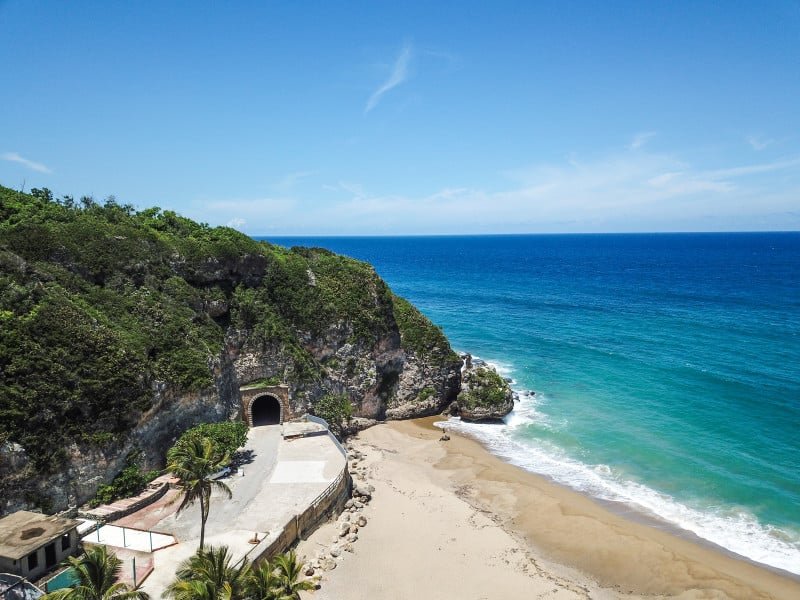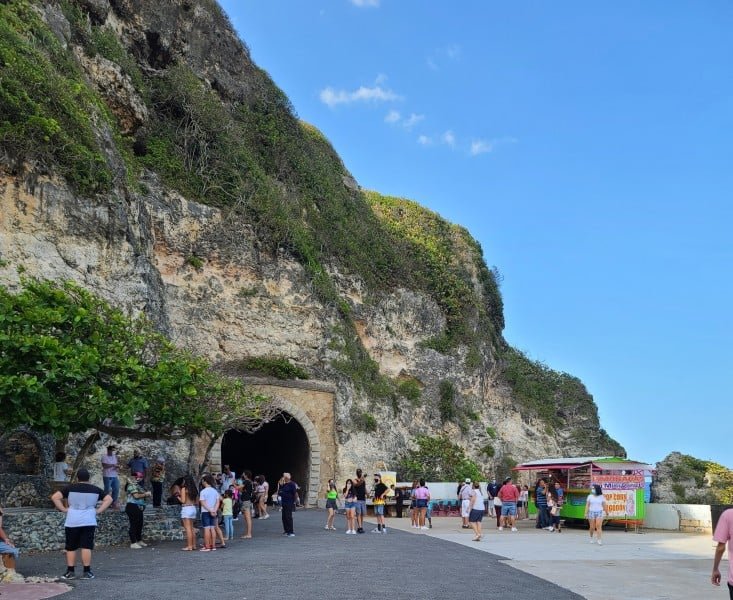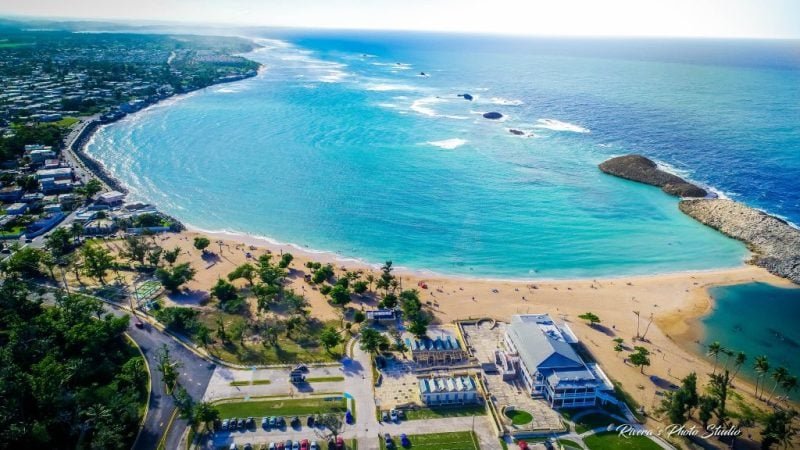
Located along the rugged northwest coast of Puerto Rico, where the municipalities of Isabela and Quebradillas meet, lies a remarkable testament to the island’s industrial past and enduring natural beauty: the Túnel de Guajataca. More than just an old railway passage, this iconic tunnel embodies a significant chapter in Puerto Rican history and has, over time, transformed into a beloved natural attraction, drawing visitors with its picturesque views and poignant whispers of a bygone era.
A Concrete Link to the Past: History of the Túnel de Guajataca
The story of the Túnel de Guajataca begins in the early 20th century, a period of significant economic and infrastructural development in Puerto Rico under American administration. Before the advent of modern highways and widespread automobile ownership, a comprehensive railway system was envisioned to connect the island’s major towns and facilitate the transport of vital goods, particularly sugarcane, the lifeblood of Puerto Rico’s economy at the time.
Construction of the northern line of this ambitious railway, extending westward, began around 1904. The American Railroad Company of Puerto Rico spearheaded this monumental undertaking. The challenging terrain around the Guajataca River canyon presented a formidable obstacle, necessitating the construction of not one, but two tunnels – one on each side of the canyon – joined by an impressive steel viaduct. The Túnel de Guajataca, completed in 1906 (with the entire Camuy to Aguadilla section finished by 1907), served as a crucial link, allowing trains to traverse the otherwise impassable coastline between Quebradillas and Isabela.
For decades, the tunnel hummed with the rhythmic clang of trains carrying passengers, mail, and vast quantities of sugarcane from sprawling plantations to coastal ports. It was a lifeline for communities and a symbol of progress, connecting distant parts of the island and fueling its agricultural engine. Passenger travel through the tunnel ceased in 1953, and commercial cargo transport, primarily sugar, continued until 1957. The rise of improved road networks and the increasing popularity of trucks and private vehicles gradually rendered the railway system obsolete.
The closure of the railway marked the end of an era, and the Túnel de Guajataca, once a bustling conduit, fell into disuse. However, its architectural significance and historical importance were not forgotten. In 2000, the Government of Puerto Rico officially declared the Túnel de Guajataca a historical monument, recognizing its vital role in the island’s development.

From Industry to Icon: Current Day Status
Today, the Túnel de Guajataca stands as a captivating historical landmark and a popular tourist destination. The once-active railway tracks are long gone, replaced by a well-trodden path that invites visitors to walk through history. The tunnel itself, approximately 500 feet in length, remains largely in its original stone construction, offering a cool, echoing passage. While some areas bear the marks of time and occasional graffiti, ongoing efforts by local organizations and the community aim to preserve its integrity and enhance the visitor experience.
The tunnel is openly accessible to the public, free of charge, making it a favorite spot for locals and tourists alike. Walking through the dimly lit passage, one can almost hear the phantom rumble of trains and imagine the lives that once depended on this crucial artery. Upon emerging from the tunnel, visitors are greeted by a breathtaking panoramic view of the Atlantic Ocean and the stunning Guajataca Beach, known for its pristine white sand and powerful waves. While the strong currents make swimming generally unsafe, the beach is a popular spot for surfers and offers incredible photographic opportunities, especially at sunrise and sunset.
The area surrounding the Túnel de Guajataca has evolved into a vibrant hub of activity. On weekends, it often hosts small artisan markets, food stalls offering local delicacies, and even live music concerts, transforming the historic site into a lively cultural gathering place. The nearby Mirador de Guajataca (Guajataca Lookout Point) provides an elevated perspective, offering even more spectacular views of the coastline and the tunnel below.
Beyond its historical and scenic appeal, the Túnel de Guajataca serves as a gateway to exploring the natural wonders of the region, including the Guajataca Forest Reserve with its hiking trails and limestone caves. Collaborative efforts, often involving non-profit organizations and local governments, have played a significant role in revitalizing the area, leading to the creation of new small businesses and fostering economic development in Isabela and Quebradillas.
The Túnel de Guajataca is more than just a relic; it’s a living monument that continues to connect people – to Puerto Rico’s past, to its stunning natural beauty, and to each other. It stands as a powerful reminder of human ingenuity and the enduring spirit of a place that gracefully blends history with the allure of its present.



